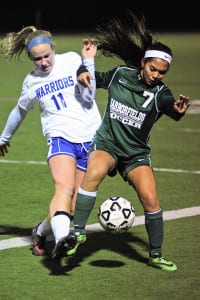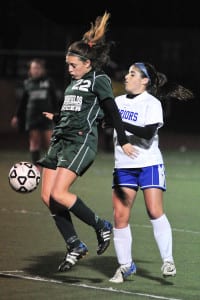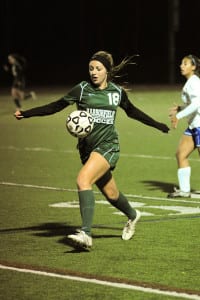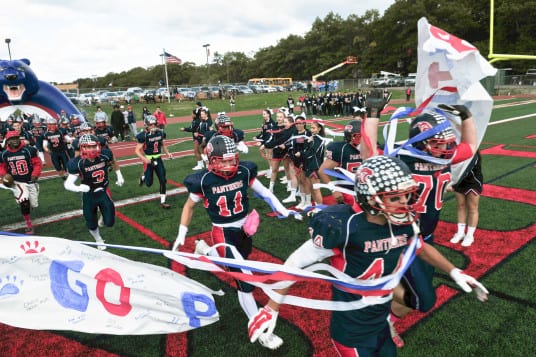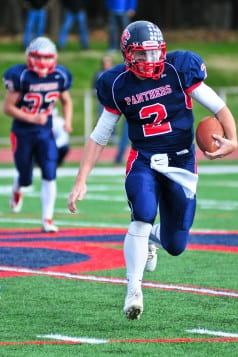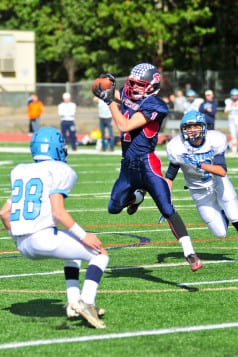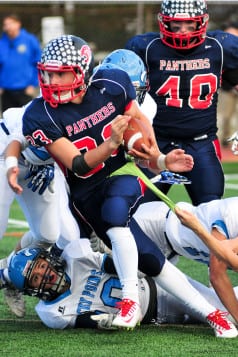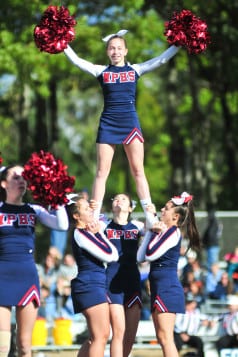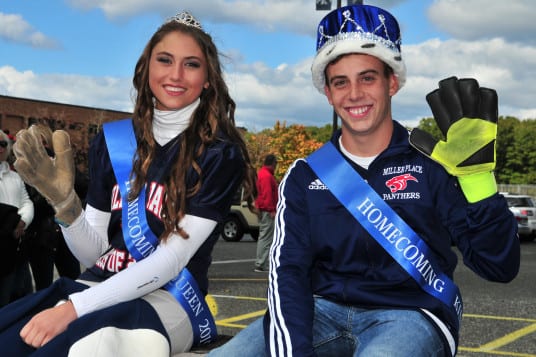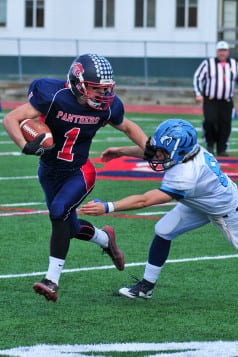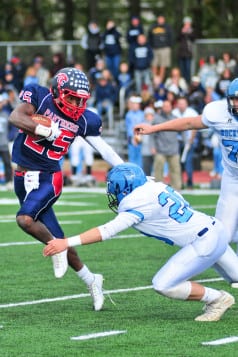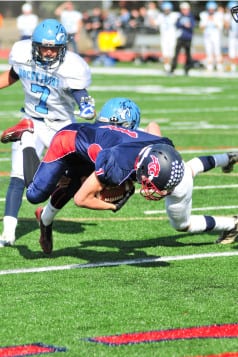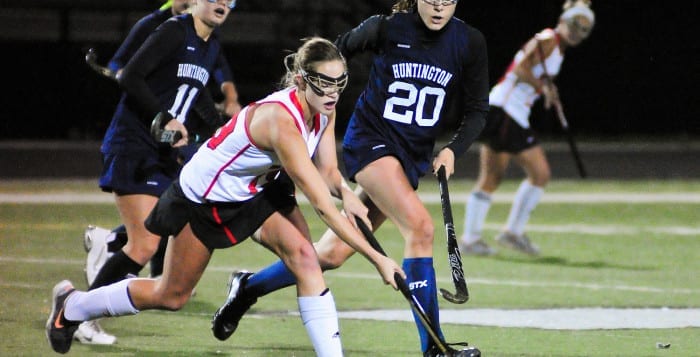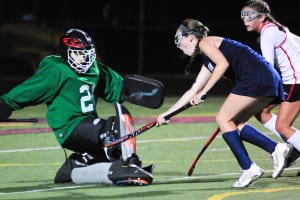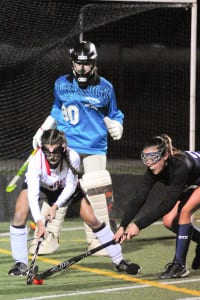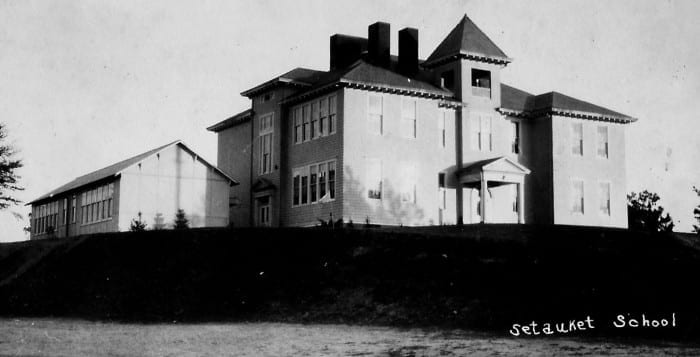By Nancy Burner, Esq.
What does “look-back” mean? What is spousal refusal? Will Medicaid take my house if my husband has to go into a nursing home? All too often these are the questions we hear from our clients who are faced with navigating the Medicaid landscape once a crisis occurs.
In New York State, the Medicaid program can provide a source of payment for those who are financially eligible and require care, either in a nursing facility or in their own home. In order to be eligible for Chronic Care Medicaid (payment for nursing home care), an individual must meet certain income and asset requirements.
To start, the applicant may have no more than $14,850 in liquid nonqualified (nonretirement) assets in their name. They may have qualified (retirement) assets in an unlimited amount provided they are taking a monthly distribution.
When applying, the Department of Social Services will require a full financial accounting from both the applicant and his spouse for the five years immediately prior. This is what is often referred to as the look-back. The purpose of this investigation is to determine among other things whether any transfers were made during this time period that would affect eligibility. The rule is that for every $12,390 that was transferred, a one-month penalty will be imposed.
For example, if in the financial review it is discovered that the applicant gifted $40,000 to his children during the look-back period, a determination will be made that imposes a penalty for roughly three months. This means that Medicaid will not pay for the first three months of nursing care, and the family will be responsible to pay privately. The aggregate result of this type of penalty is roughly a dollar-for-dollar penalty, meaning that for each dollar that you transfer you will have to pay a like amount in nursing home care should the need arise. This rule applies unless the transfer is considered an exempt transfer. Transfers that are exempt do not create a penalty and therefore do not affect Medicaid eligibility. In New York State, transfers to spouses are exempt under the provisions of spousal refusal.
We use the term “spousal refusal” when the community spouse (the spouse who is not institutionalized) chooses not to contribute to the cost of care for an institutionalized spouse. This means that the institutionalized spouse cannot be denied Medicaid because the community spouse refuses to contribute. Moreover, the above penalties cannot be assessed due to the fact that the signing of a spousal refusal makes it such that the transfer is an exempt transfer. The refusing spouse must still provide any and all financial information and cooperate fully with the Medicaid application. It is important to note that once Medicaid is approved, the county does have the right to seek recovery against the community spouse. Other exempt transfers include transfers to disabled children, transfers of the primary residence to a caretaker child and finally transfers of a primary residence to a sibling with an equity interest.
With respect to income, an applicant for Chronic Care Medicaid may only keep $50.00 of his income monthly. His spouse may retain the greater of (1) all of his or her own income or (2) all of his or her income and enough of the institutionalized spouse’s income to bring them to $2,980.50.
Community Medicaid is the program that covers care at home. This program will cover the cost of a personal care aide to assist with activities of daily living such as bathing, cooking, dressing, etc. The program may also cover day programs, transportation to medical appointments, assisted living programs and some durable medical equipment and supplies. For 2015, an individual applying for Community Medicaid can have no more than $14,850, not including their home, in nonqualified (nonretirement) liquid assets. They may have qualified (retirement) assets in an unlimited amount, provided they are taking a monthly distribution.
It is important to realize that the home is an exempt resource while the Community Medicaid recipient is alive; however, additional estate planning should be considered to avoid a Medicaid lien after the recipient’s death. While these limitations may seem daunting, the good news is that there is no look-back period. That means someone looking to get care at home can transfer assets in one month and be eligible for Community Medicaid the following month with no penalty assessed for the transfer of assets.
With respect to income, an applicant for Community Medicaid may have no more than $845 per month. An individual with an income over the $845 can opt to use a Pooled Income Trust. The excess income would be paid to a pooled trust company, and the trustees of the trust would pay expenses for the benefit of the applicant.
As you can see from this brief overview of Medicaid, there are many options available for care when the need arises. Make sure you are seeking advice from those knowledgeable in the area to make sure that you are getting the care that you require without sacrificing all that you have worked for.
Nancy Burner, Esq. has practiced elder law and estate planning for more than 25 years.




